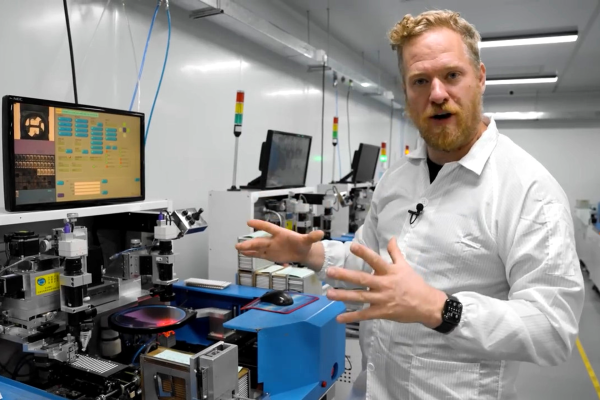Have you ever pulled into a car park with your favorite song blaring, only to lament the fact that the music cut out when you stopped the engine? Some modern cars are smart enough to keep the radio on until you open the door. [ssh16] decided to hack that very functionality into their Mazda MX-5.
The device uses a microcontroller to read the CAN bus of the vehicle. The microcontroller also has the ability to keep the vehicle’s ACC (accessory) relay energized at will. Thus, when the engine is turned off, the microcontroller keeps the ACC relay on, maintaining power to the stereo and infotainment system. Then, after ten minutes, or when it receives a CAN message that the driver’s door has been opened, it cuts power to the relay, shutting the accessories off. It’s a simple build, but one that [ssh16] executed cleanly. By putting the microcontroller on a neat PCB with a harness that can clip into the stock Mazda one, it’s possible to install the hack without needing to cut any wires. Plus, with a small modification, it was even possible to use the same hack with a Mazda CX-5.
Whether you’re jamming out to a cool song, or you just want to finish a phone call over Bluetooth, it’s a nifty feature to have in a vehicle. We’ve seen some other neat infotainment hacks before, too. Video after the break.
Continue reading “Keeping A Mazda’s Radio On After The Engine Shuts Off”




















